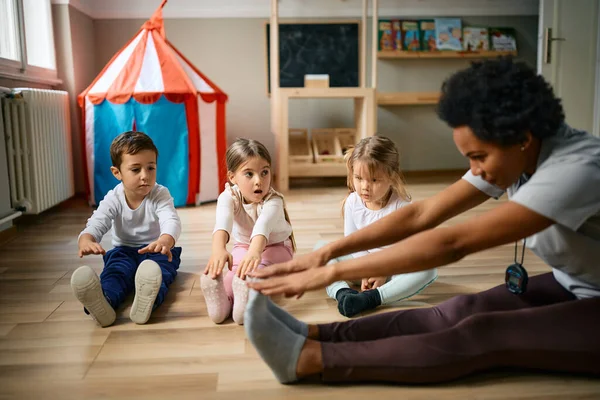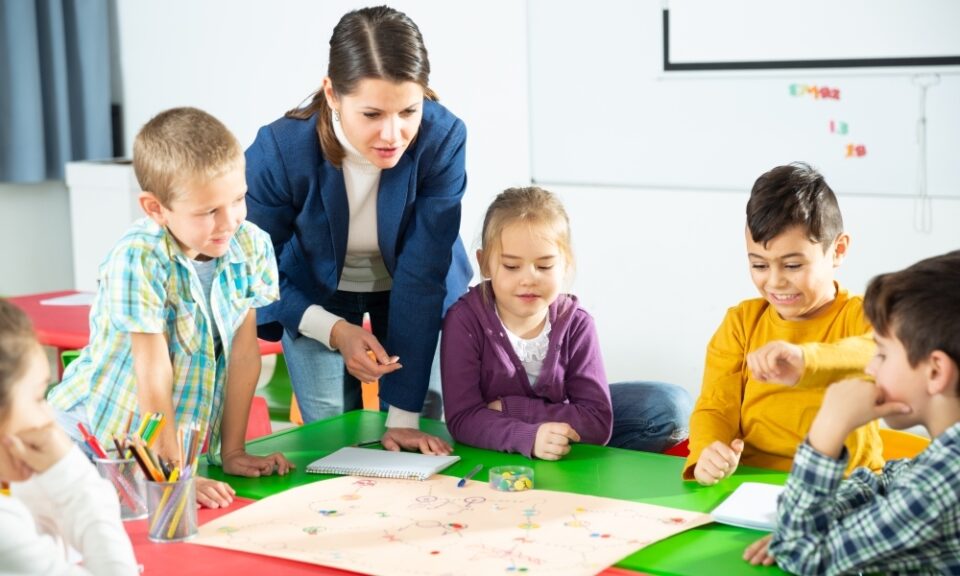Play is often viewed as a recreational activity, but it holds a significant role in shaping learning outcomes for individuals of all ages. Whether it is through structured games, imaginative play, or hands-on activities, play has been proven to enhance cognitive, social, emotional, and physical development. In this article, we will explore the various ways play contributes to learning outcomes and why it should be integrated into educational settings.
1. Cognitive Development
When children engage in play, they are actively involved in problem-solving, critical thinking, and decision-making. Play helps develop their cognitive skills, such as memory, attention span, creativity, and logical reasoning. For instance, building blocks or puzzles encourage spatial awareness and mathematical thinking. Through play, children explore cause and effect relationships, experiment with different strategies, and develop a deeper understanding of concepts.
2. Social Development
Play provides opportunities for children to interact with their peers, negotiate, collaborate, and communicate effectively. Whether it is playing a team sport, participating in a role-playing scenario, or engaging in pretend play, children learn to navigate social situations, take turns, share resources, and resolve conflicts. These social skills acquired through play are crucial for building positive relationships, empathy, and understanding different perspectives.
3. Emotional Development
Play serves as an emotional outlet for children to express and regulate their emotions. It allows them to explore different roles, experiment with different feelings, and develop empathy. Pretend play, for example, enables children to step into someone else’s shoes and understand their emotions. Additionally, play provides a safe space for children to take risks, make mistakes, and learn resilience. It helps them develop self-confidence, self-esteem, and emotional intelligence.
4. Physical Development

Physical play, such as running, jumping, climbing, and playing sports, contributes to children’s gross motor skills and overall physical development. Active play helps improve coordination, balance, strength, and flexibility. It also promotes a healthy lifestyle, enhances cardiovascular health, and reduces the risk of obesity. Furthermore, fine motor skills are developed through activities like drawing, painting, and manipulating small objects, which are essential for tasks such as writing and using tools.
5. Lifelong Learning
Play is not limited to childhood; it continues to play a role in learning outcomes throughout life. By incorporating play into educational settings, such as gamification of lessons, interactive simulations, or problem-based learning, individuals of all ages can engage in active learning experiences. Playful learning environments foster curiosity, motivation, and a love for lifelong learning. They encourage individuals to explore new ideas, experiment with different approaches, and think critically.
Play is a powerful tool for enhancing learning outcomes. It contributes to cognitive, social, emotional, and physical development, and it fosters a love for learning. By recognizing the importance of play and integrating it into educational settings, we can create enriching learning experiences that prepare individuals for success in a rapidly changing world.

